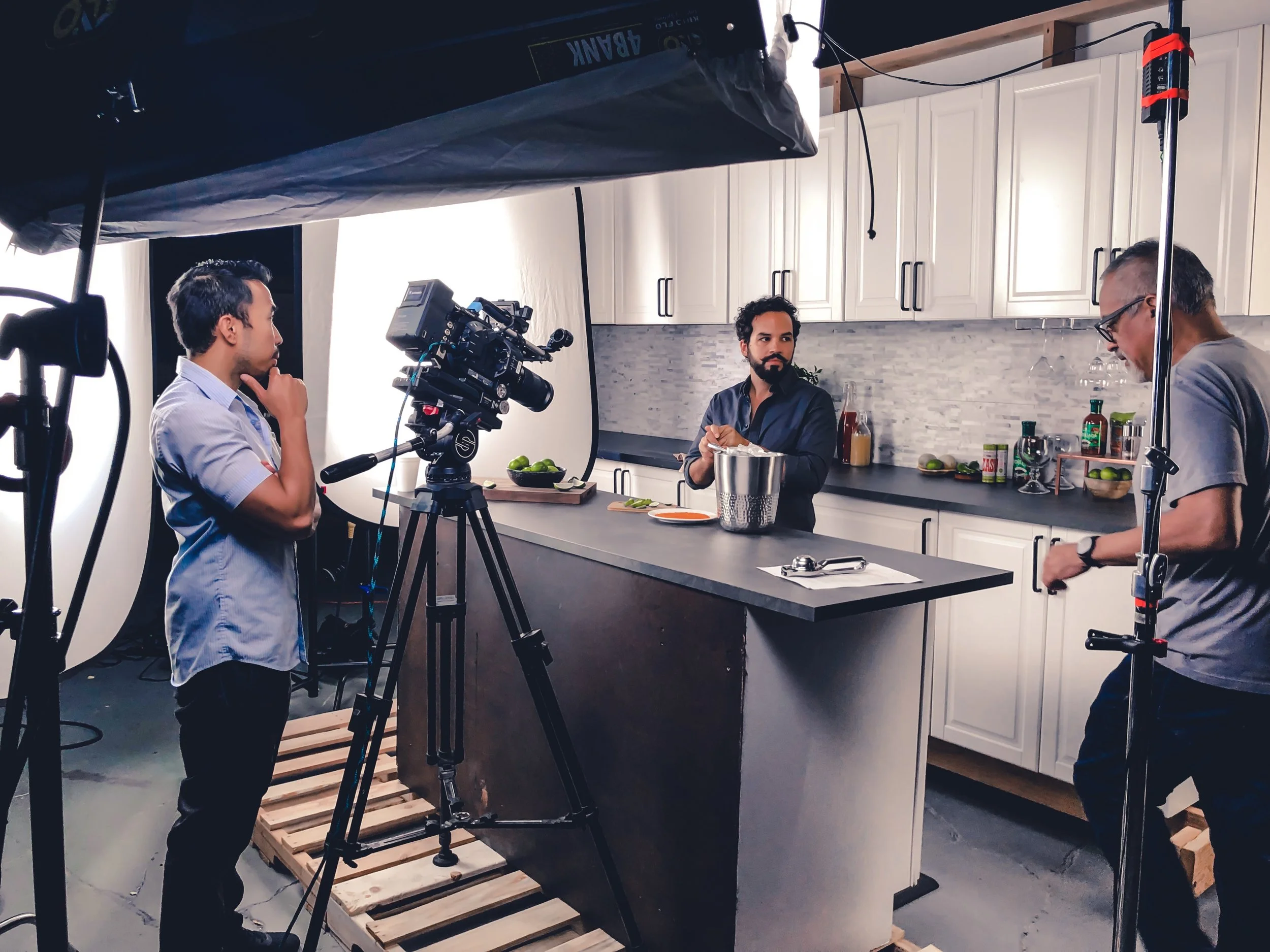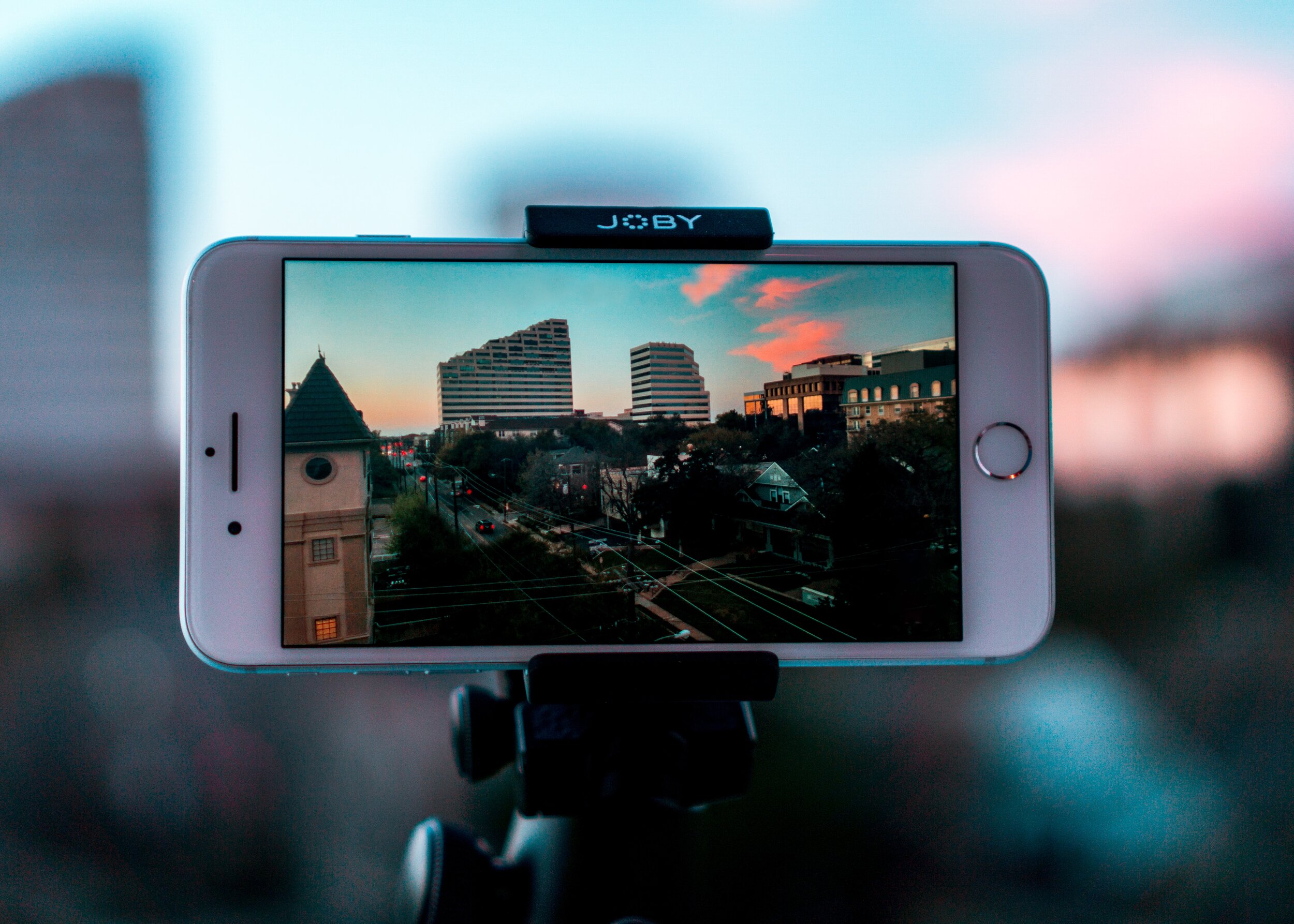What do you think about when you watch close-up shots? Is it the emotion the character is feeling? What about wide shots? Are you providing context to your scene? It is important to use any of these 7 basic shot sizes in your film as they can come up in the beginning, middle, or end of your scene. Invoke the same powerful message through different shots by using our list and examples from famous films.
Framing is a lot of effort. It can be hard to decide exactly how much you want in any given frame, and we're here to help you by explaining the 7 basic shot sizes, what they show, and their purposes.
Extreme Long Shot (ELS): Extreme long shots are often used as the first shot of a scene to establish the setting the scene will take place in. The characters may not be shown at all in ELS’s, and even if they are, the focus is overwhelmingly placed on the environment.
Long Shot (LS): Also known as a wide shot, the long shot shows the characters in full from head to toe, allowing for extensive body movement. A large part of the focus is still placed on the environment, but more is now placed on the characters.
Medium Long Shot (MLS): Medium long shots show the characters from approximately knees and up, still showing most of the body, which allows for some body movement.
Medium Shot (MS): Showing characters from around the waist and up, the medium shot now places focus primarily on the characters. Body movement is more restrictive, but as the shot is closer to the subject, facial expressions are more prominent. Very little focus is placed on the environment.
Medium Closeup (MCU): The medium closeup is now almost entirely focused on the subject’s face, showing only the shoulders and potentially parts of the torso aside from the face. Body movement, aside from the shoulders, is extremely limited as nearly all the focus is on the face.
Closeup (CU): The closeup is focused entirely on the subject’s face and nothing else, making body movement nonexistent.
Extreme Closeup (ECU): In an extreme closeup, only a certain aspect of the face, often the eyes, has focus. The ECU can also be used to focus on a specific object in a scene.



